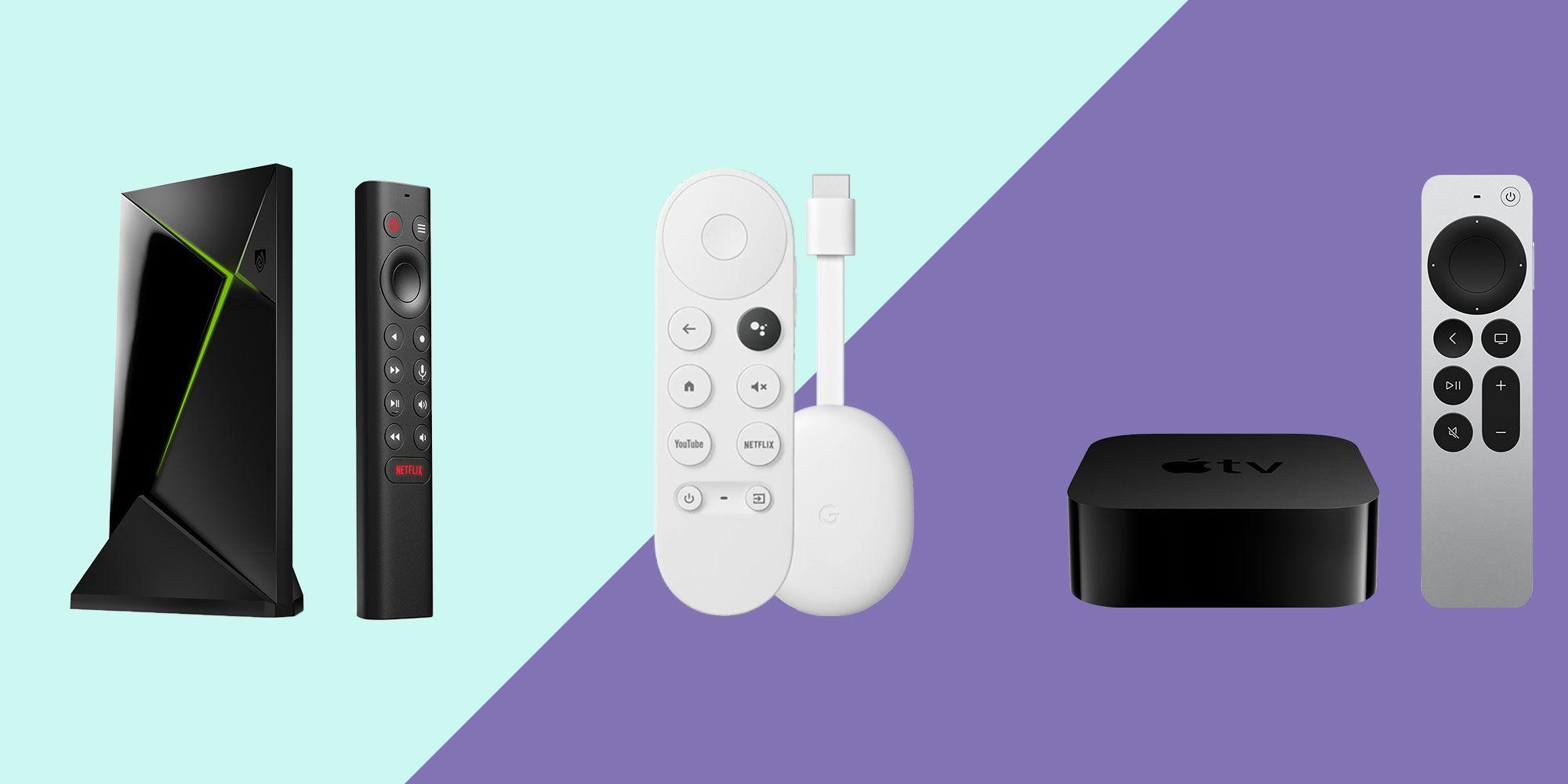In the rapidly evolving landscape of digital entertainment, streaming devices have become a cornerstone for accessing a plethora of content across various platforms. As consumers navigate an ever-growing array of options, a pertinent question arises: do certain streaming devices perform better with specific platforms? This article delves into the intricate relationship between hardware and software, exploring how different devices may optimize or hinder user experiences based on the streaming service in use. By examining technical specifications, compatibility features, and user feedback, we aim to provide a comprehensive analysis that guides consumers in making informed decisions tailored to their viewing preferences.
Compatibility and Performance: Understanding Device-Platform Synergy
When exploring the synergy between streaming devices and platforms, it’s essential to consider how compatibility and performance can influence your viewing experience. Certain devices may inherently align better with specific platforms due to their underlying technology and software optimizations. For example, some devices might offer superior performance with platforms that support Dolby Vision or HDR10, enhancing the visual experience significantly.
- Operating System Compatibility: Devices running on Android TV might exhibit smoother performance with Google-based platforms due to integrated services and updates.
- Codec Support: Platforms like Netflix or Amazon Prime Video may perform better on devices with robust codec support, such as H.265 or VP9.
- Network Optimization: Some devices optimize network usage for platforms that stream high-definition or 4K content, ensuring minimal buffering and lag.
Understanding these nuances can help consumers make informed choices, ensuring they select a device that not only meets their needs but also maximizes the potential of their preferred streaming platforms.

Evaluating Streaming Quality Across Different Devices
When assessing the quality of streaming across various devices, several factors come into play, influencing the viewing experience. Device compatibility and hardware capabilities often dictate how well a streaming service performs. For instance, a platform like Netflix might be optimized for smart TVs, delivering crisp 4K resolution with HDR support, while the same service on an older tablet might struggle with buffering or lower resolution.
Key considerations include:
- Processor Power: Devices with robust processors can handle higher quality streams more efficiently.
- Operating System Updates: Regular updates can improve compatibility and performance.
- App Optimization: Some streaming apps are better optimized for certain devices, offering smoother navigation and faster load times.
Ultimately, the combination of these elements determines how seamlessly a platform performs on a particular device, making it crucial to consider both the streaming service and the device specifications for the best experience.

Platform-Specific Features: What Works Best Where
- Apple TV: Known for its seamless integration with the Apple ecosystem, Apple TV is a perfect match for users heavily invested in iTunes, Apple Music, and AirPlay. Its compatibility with Dolby Vision and Atmos also makes it a strong contender for those prioritizing high-quality audio and video experiences. Additionally, tvOS offers a clean interface that works harmoniously with other Apple devices.
- Roku: Roku’s platform-agnostic approach allows it to support a vast array of streaming services, making it ideal for users who subscribe to multiple platforms. The Roku Channel provides additional free content, and its interface is often praised for simplicity and ease of use. With frequent updates, Roku remains versatile and user-friendly.
- Amazon Fire TV: For Amazon Prime members, Fire TV devices provide a cohesive experience with Alexa integration, offering voice control and smart home connectivity. The Fire TV interface highlights Amazon content but supports a wide range of third-party apps, making it suitable for users seeking a comprehensive media hub.
- Google Chromecast: Chromecast excels in environments where casting from mobile devices is preferred. Its integration with Google services and support for Google Assistant allows for effortless voice commands and synchronization with Google Home devices. It’s a great option for those who prefer controlling their streaming via smartphone or tablet.
Choosing the right streaming device often depends on the specific platform features that align with your viewing habits and existing tech ecosystem. While each device offers unique advantages, the best performance is often achieved when the device’s strengths complement the user’s primary streaming services and technology preferences.

Expert Recommendations for Optimal Streaming Experiences
Choosing the right streaming device for your preferred platform can significantly enhance your viewing experience. Amazon Fire TV devices, for instance, are tightly integrated with Prime Video, offering seamless navigation and exclusive features like Alexa voice control for Amazon content. If you’re a fan of Apple TV+, the Apple TV 4K is optimized for this platform, providing Dolby Vision and Dolby Atmos for an immersive experience. Its deep integration with other Apple services also ensures a smooth user experience across devices.
- Roku: Known for its platform-agnostic approach, Roku devices often deliver consistent performance across a wide range of services, from Netflix to Hulu, with a user-friendly interface.
- Google Chromecast: Ideal for those who prefer casting from their mobile devices, Chromecast works exceptionally well with YouTube and Google Play Movies, offering easy connectivity and control.
- NVIDIA Shield: Tailored for tech enthusiasts, it supports 4K HDR streaming and is particularly favored for its performance with Plex and other media server applications.
By aligning your device choice with your most-used platforms, you can enjoy not only superior compatibility but also enhanced features that elevate your streaming sessions.



